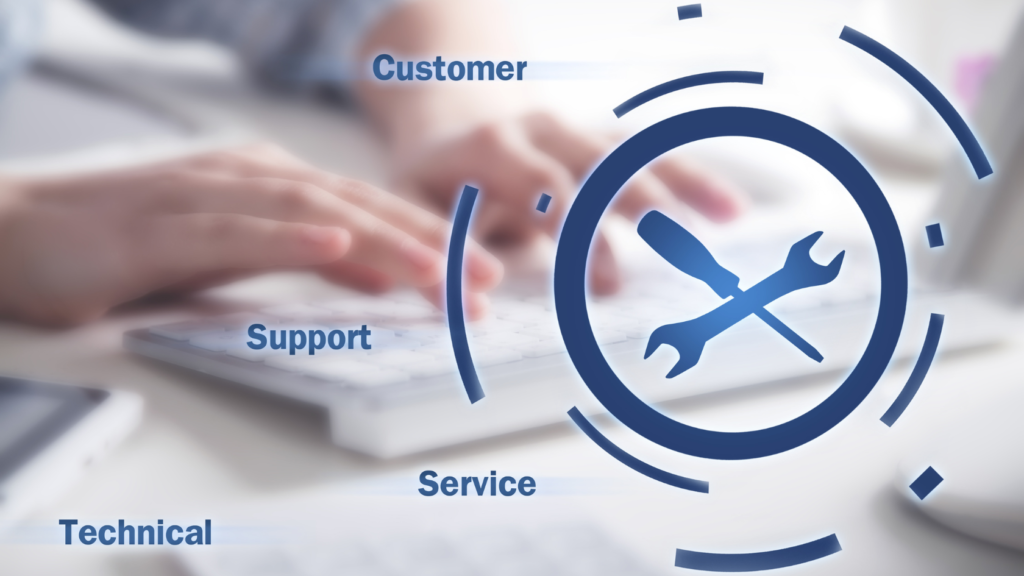
The healthcare industry continues to embrace innovative technologies that streamline operations and elevate patient experiences. One such advancement is MobileRAD Geofencing Services, which uses location-based intelligence to optimize mobile medical imaging delivery. By integrating precise geofencing into daily workflows, MobileRAD ensures timely service, accurate dispatching, and improved resource allocation for healthcare providers.Every minute matters in healthcare— MobileRAD makes sure no minute is wasted.
In this article, we’ll explore what MobileRAD Geofencing Services are, how they work, their key benefits, and the best practices for leveraging them effectively. This technology not only boosts efficiency but also plays a crucial role in patient-centric care by making diagnostics more accessible and reliable.
What Are MobileRAD Geofencing Services?
MobileRAD Geofencing Services use virtual geographic boundaries, created via GPS or RFID technology, to trigger specific actions when a mobile imaging unit enters or leaves a designated area. For healthcare providers, this means service teams can respond quickly, ensure accurate arrival times, and deliver high-quality care without delays. This technology transforms how mobile imaging services are dispatched and coordinated, ensuring patients receive prompt diagnostic care in hospitals, clinics, nursing homes, or home environments. By replacing manual scheduling guesswork with automated precision, healthcare teams can work more efficiently and confidently.
How MobileRAD Turns Location Data Into Faster Care
While geofencing is a versatile technology, MobileRAD has adapted it specifically for medical imaging logistics. The process involves four main steps:
Step 1: Defining the Geofence
MobileRAD sets precise service boundaries around healthcare facilities or patient locations. These zones help dispatch teams plan and track routes effectively, avoiding unnecessary detours.
Step 2: Real-Time Tracking
Mobile imaging vehicles are equipped with GPS-enabled devices. This allows the system to monitor their movements and ensure they stay within planned service areas, guaranteeing consistent coverage.
Step 3: Automated Notifications
When a unit enters or exits a geofenced area, automated alerts are sent to the dispatch center and healthcare staff. This improves coordination and ensures readiness at the patient’s location, preventing missed appointments.
Step 4: Service Optimization
Collected data is analyzed to optimize future scheduling, reduce wait times, and enhance overall operational efficiency. These insights help fine-tune routes and improve long-term service quality.

6 Benefits Healthcare Teams Can’t Afford to Miss
1. Faster Response Times
With real-time alerts, MobileRAD can assign the nearest available imaging unit to a request, significantly reducing travel time and improving patient outcomes.
2. Optimized Scheduling
Geofencing technology provides accurate arrival estimates, enabling healthcare facilities to prepare patients in advance and minimize idle time.
3. Reduced Operational Costs
Efficient routing minimizes fuel consumption and vehicle wear, allowing healthcare providers to save on transportation expenses while increasing service capacity.
4. Enhanced Patient Satisfaction
Patients benefit from shorter wait times and better communication regarding service arrival, which improves trust and overall experience.
5. Greater Accuracy and Compliance
Precise geofencing ensures imaging units adhere to assigned routes, maintaining compliance with healthcare regulations and service agreements.
6. Scalable Technology Integration
MobileRAD Geofencing Services can scale with the growth of healthcare networks, seamlessly integrating with existing dispatch and communication systems without disrupting operations.
Geofencing and HIPAA: How MobileRAD Keeps Data Secure
- HIPAA and Data Protection
MobileRAD prioritizes patient privacy by ensuring all geofencing data remains encrypted and compliant with HIPAA guidelines. No sensitive patient information is transmitted through unsecured channels, keeping both patients and providers protected.
- Reliable Location Accuracy
Accurate GPS tracking ensures operational integrity, preventing service delays and maintaining trust between patients and providers. Reliability is essential, especially in emergency or time-sensitive diagnostic situations.
Best Practices That Separate Pros From Beginners
1. Maintain Updated Service Boundaries
Regularly review and adjust geofence parameters to reflect changing service areas or new healthcare facility locations.
2. Train Staff on Technology Usage
Ensure dispatchers and mobile imaging teams understand how geofencing alerts work to avoid confusion or missed service opportunities.
3. Integrate with Dispatch Systems
Connect geofencing tools with scheduling and dispatch software for streamlined operations and better resource management.

4. Monitor Analytics for Improvement
Analyze data from geofencing alerts to identify patterns, peak service hours, and areas needing route optimization.
5. Use Alerts for Priority Cases
Prioritize urgent cases by setting special notifications that ensure immediate response, especially for critical diagnostic needs.
6. Test and Refine Geofence Accuracy
Regularly test geofences to ensure the technology remains precise and responsive in all service locations, maintaining service quality.
Conclusion
MobileRAD Geofencing Services revolutionize mobile medical imaging by combining precision location tracking with efficient dispatch and scheduling. This innovative approach ensures healthcare providers can deliver faster, more accurate, and cost-effective diagnostic services, all while enhancing patient satisfaction and maintaining compliance. By implementing these solutions, facilities can serve more patients in less time and with greater accuracy.
For more details on advanced geofencing applications in mobile medical imaging, visit MobileRAD to explore how their expertise can transform your healthcare operations.
FAQs
1. What is geofencing in mobile medical imaging?
Geofencing uses virtual boundaries to track and manage the movement of mobile imaging units, enabling better coordination and faster service.
2. How do MobileRAD Geofencing Services improve patient care?
They reduce wait times, ensure timely arrivals, and enhance communication between healthcare providers and patients.
3. Is geofencing technology secure?
Yes, MobileRAD ensures all location data is encrypted and compliant with healthcare privacy laws.
4. Can geofencing be customized for different facilities?
Absolutely. MobileRAD tailors geofence parameters to fit the unique needs and service zones of each healthcare provider.